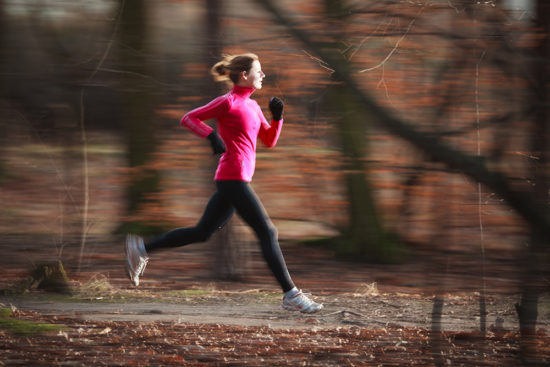As the country continues to open up after the pandemic, people are starting to get back to their pre-covid lifestyles. They are going for walks, taking up old habits of fishing or playing catch, and even returning to recreational leagues. People are finally starting to become active again and as glorious as this is, returning to physical activity after the COVID-19 quarantine poses a risk for re-injury. During the lock-down, many people’s level of physical activity significantly declined. Unfortunately, this means muscles that were once maintained with daily repetitive movement, have likely atrophied and are at risk for injury.

As a physical therapist, I am beginning to notice a common trend in my orthopedic patients. A lot of people are complaining about pain/discomfort with activities they are getting back to doing, but report no mechanism of injury or reason for this pain. As stated above, this is likely due to muscle weakening due to lack of use which puts joints at risk for instability, impingement, and inflammation.
There are some strategies you can implement to safely get back to a physically active lifestyle:
- Graded Return- Avoid jumping back into your activity at full level. Start with 5-10 minutes of the activity and see how you feel the next day. If you do not have aches or pains slowly increase the duration each time you perform it. If you do feel a little achy, continue to stick with the same duration until it no longer causes discomfort
- Warm-up- People have a tendency to immediately jump into movement. What they don’t realize is a joint that hasn’t been moved around recently is likely stiff. By performing a dynamic warm-up, you can release lubricating fluids to improve the comfort of your activity. I recommend some arm circles or swings for upper body activities and either walking or biking for lower body activities.
- Stretch for a Cool Down- Equally as important to warming up is stretching and cooling down. Muscles that have not been used in a while will become sore when activated. To speed up your recovery, try stretching for 5-10 minutes after you finish moving around.
Now, if after utilizing these techniques, you still find yourself in discomfort, schedule a visit at our WWSPT clinic. Every therapist is more than qualified to help get you back doing what you love.
Dr. Danielle DeMarco, PT, DPT,
WWS Physical Therapy and Vestibular Rehabilitation
Doylestown, Pennsylvania

Leave a Reply